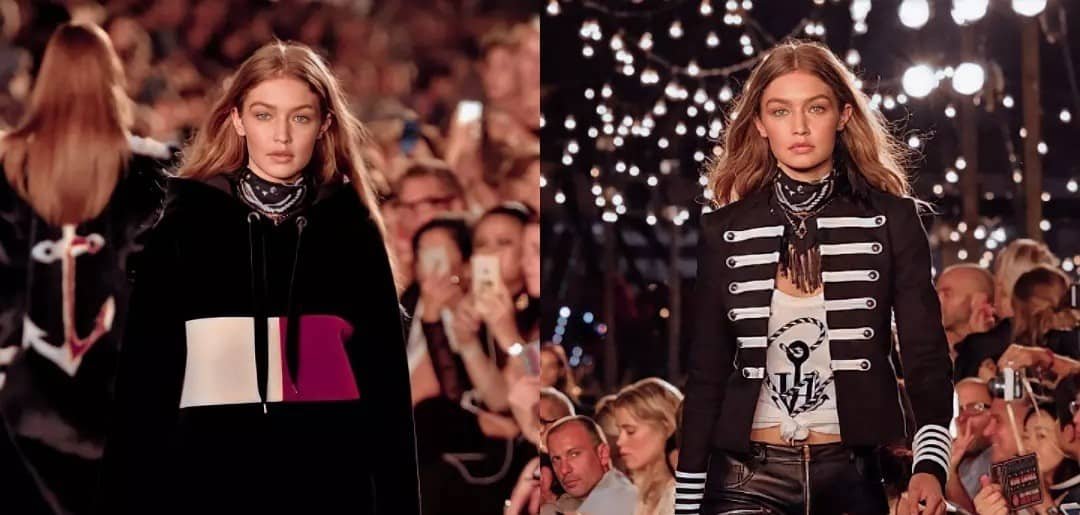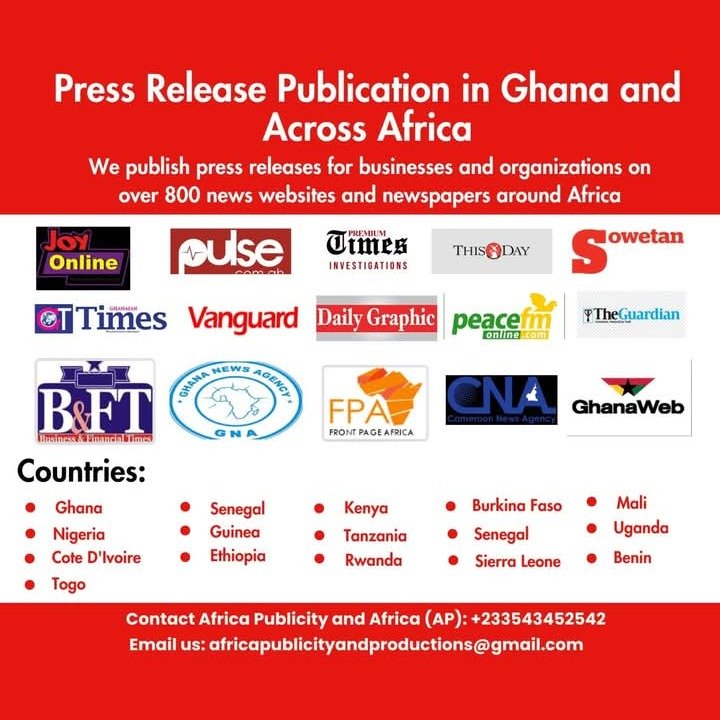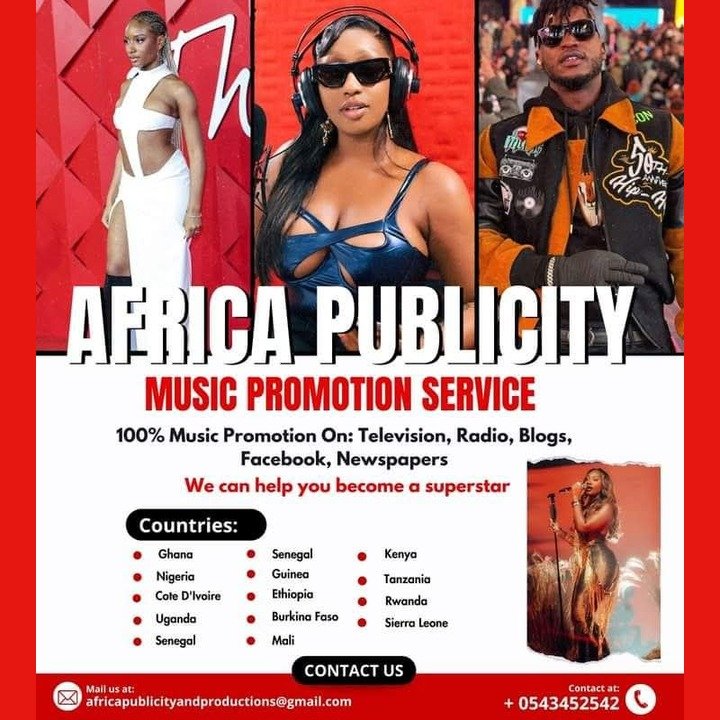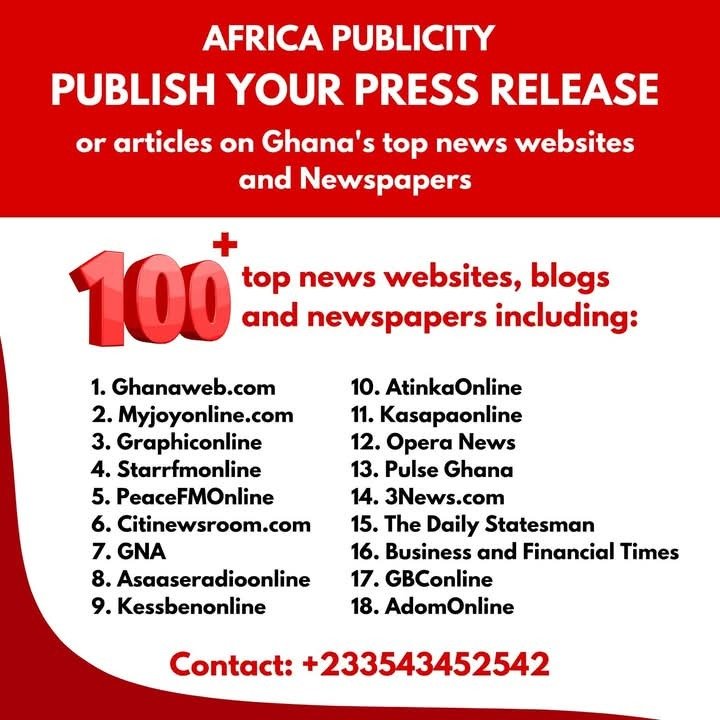In the bustling city of Lagos, Nigeria, a young model named Zainab Adedeji was preparing for one of the biggest fashion shows of her career. Zainab, known for her striking features and graceful poise, was poised to represent a new wave of beauty standards in African fashion. As the day of the show approached, she found herself reflecting on her journey and the broader conversation about body image and beauty standards.
Zainab’s rise to prominence was not without challenges. In a fashion industry where certain body types were often idealized, she had faced pressure to conform. However, she had always believed in celebrating diversity and authenticity. Her story was not unique; it mirrored the experiences of many models across Africa, each navigating their own path in a world that often defined beauty in narrow terms.
Meanwhile, in Johannesburg, South Africa, a rising star named Thabo Nkosi was making waves in the modeling scene. Thabo’s chiseled physique and charismatic presence were drawing attention, but he too grappled with the expectations placed upon him. Despite the glamour, he was acutely aware of the rigid standards that often overshadowed individuality.
Thabo had recently been working on a campaign that sought to challenge traditional beauty norms. The campaign aimed to highlight models from various African backgrounds, showcasing a spectrum of body types, skin tones, and features. Thabo felt a profound sense of responsibility, knowing that his participation in such initiatives could contribute to a more inclusive representation of beauty.
Back in Lagos, Zainab was also involved in a similar project. The fashion house she worked for had launched a new collection celebrating African heritage and diversity. The collection featured models of all shapes and sizes, and Zainab was thrilled to be a part of it. She knew that by embracing her own unique beauty, she was helping to pave the way for others to do the same.
The fashion industry’s evolving landscape was a topic of discussion across the continent. In Nairobi, Kenya, a renowned fashion journalist named Amani Mwangi was writing an article on the shifting beauty standards in African fashion. Amani had been closely following the developments and was impressed by how models like Zainab and Thabo were breaking barriers.
In her article, Amani highlighted the importance of representation and inclusivity in fashion. She emphasized that beauty was not confined to a single ideal but was a multifaceted concept that varied from one culture to another. By featuring diverse models, the industry was not only reflecting reality but also challenging outdated stereotypes.
Amani’s article resonated with many readers, sparking conversations about the need for broader representation in the media. It reached a wide audience, including fashion enthusiasts, industry professionals, and aspiring models. The feedback was overwhelmingly positive, with many applauding the move towards a more inclusive and realistic portrayal of beauty.
As the fashion show in Lagos approached, Zainab felt a mix of excitement and apprehension. She knew that the runway would be a platform to showcase not just the latest trends but also the message of diversity and self-acceptance. The show featured models from various African countries, each bringing their own unique flair to the event.
On the day of the show, the atmosphere in Lagos was electric. The venue was adorned with vibrant decorations, reflecting the rich cultural heritage of Africa. The audience, a mix of fashion enthusiasts and industry insiders, eagerly awaited the presentation.
When Zainab stepped onto the runway, she was greeted with cheers and applause. She felt a deep sense of pride as she strutted down the catwalk, embodying the spirit of inclusivity that the fashion house aimed to promote. The collection showcased models of different body types, highlighting the beauty of diversity.
In Johannesburg, Thabo was also preparing for a major event—a panel discussion on body image and beauty standards in the fashion industry. He was invited to share his experiences and insights, alongside other industry experts. Thabo was passionate about using his platform to advocate for change and to encourage young models to embrace their individuality.
During the panel, Thabo spoke candidly about the pressures he faced and the importance of redefining beauty standards. He emphasized that true beauty came from self-confidence and authenticity, rather than conforming to societal expectations. His words resonated with the audience, sparking meaningful discussions about the future of fashion.
As the panel concluded, Thabo felt a renewed sense of purpose. He knew that his efforts, along with those of models like Zainab and initiatives like the one Amani wrote about, were contributing to a broader shift in the industry. The conversation around body image was evolving, and more people were beginning to recognize the value of diverse representation.
In Nairobi, Amani continued to advocate for inclusivity in fashion. Her articles and public speaking engagements helped to keep the conversation alive, pushing for continued progress in the industry. She was heartened by the positive changes she saw and was committed to supporting emerging models who challenged traditional beauty norms.
As Zainab, Thabo, and Amani each made their mark in their respective fields, they were united by a common goal: to celebrate and promote diverse beauty standards. Their work was a testament to the power of representation and the importance of embracing individuality in a world that often sought to define beauty in restrictive terms.
The fashion industry in Africa was undergoing a transformation, driven by the efforts of passionate individuals who were reshaping the narrative. Models like Zainab and Thabo, along with advocates like Amani, were leading the charge towards a more inclusive and diverse representation of beauty.
Their stories were not just about personal success but about challenging the status quo and creating a more equitable and accepting industry. As they continued to navigate the complexities of beauty standards, they remained steadfast in their commitment to celebrating the richness of African diversity and encouraging others to do the same.
Source Africa Publicity








